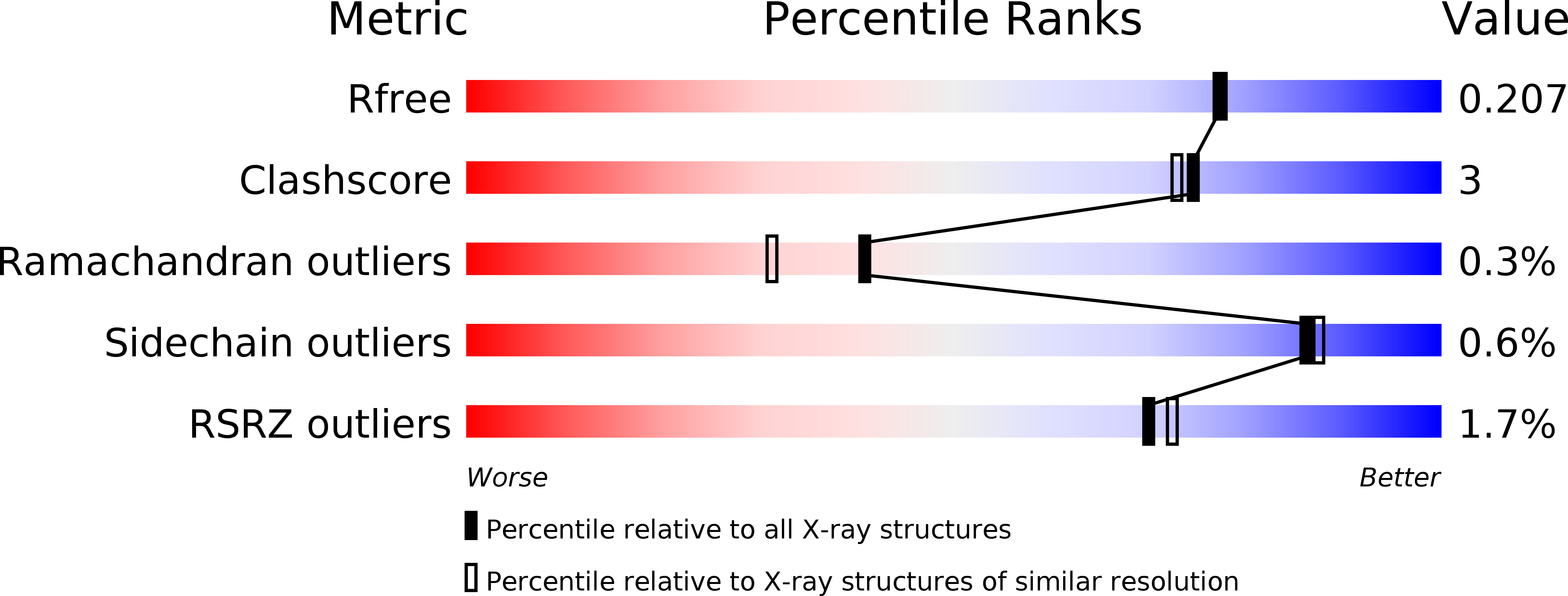
Deposition Date
2015-02-06
Release Date
2015-08-05
Last Version Date
2023-09-27
Entry Detail
PDB ID:
4Y14
Keywords:
Title:
Structure of protein tyrosine phosphatase 1B complexed with inhibitor (PTP1B:CPT157633)
Biological Source:
Source Organism:
Homo sapiens (Taxon ID: 9606)
Host Organism:
Method Details:
Experimental Method:
Resolution:
1.90 Å
R-Value Free:
0.20
R-Value Work:
0.16
R-Value Observed:
0.16
Space Group:
P 1 21 1


